Araucaria angustifolia, also known as the Brazilian pine or Parana pine, is not just celebrated for its towering presence in South American forests. It also bears a unique and distinctive fruit that has been an integral part of the region’s ecosystem and culture for centuries. In this article, we will delve into the fascinating world of the Araucaria angustifolia fruit.
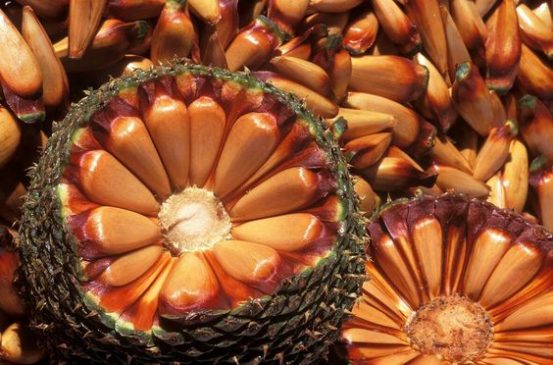
Appearance and Characteristics:
The fruit of Araucaria angustifolia is unlike any other, bearing a striking resemblance to a large, oval pinecone. These fruits, often referred to as “pinhão,” can measure up to 20 centimeters (8 inches) in length and are covered in a thick, woody shell that acts as a protective layer for the seeds within. When the fruit ripens, it takes on a warm, reddish-brown hue, adding to its visual appeal.
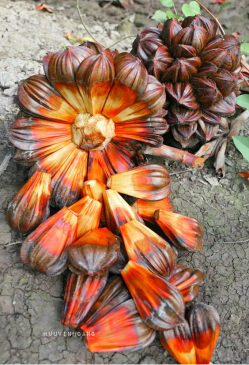
Harvesting Tradition:
The gathering of Araucaria angustifolia fruit has deep-rooted cultural significance in South America. For generations, local communities have come together during the fruit’s harvest season, typically from April to June, in a communal event known as “pinhão gathering.” Families and communities venture into the forests to collect the fallen fruit, a tradition that promotes both cultural bonding and the sustainable use of this natural resource.
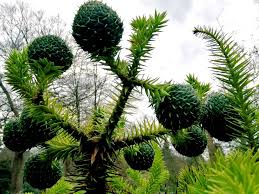
Nutritional Value:
The Araucaria angustifolia fruit is not only culturally significant but also nutritionally rich. The seeds inside the fruit are a valuable source of essential nutrients, including carbohydrates, fats, and proteins. They are a staple food source for various wildlife species, including rodents and birds, ensuring the survival of numerous creatures in the forest ecosystem.
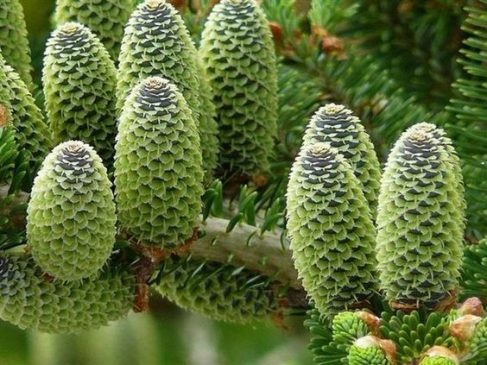
Culinary Uses:
Araucaria angustifolia fruit is not only essential to the wildlife but also to the local human.. Known as “pinhão” in Portuguese, these seeds are traditionally roasted or boiled, giving them a unique and earthy flavor. They are often enjoyed as a snack, added to soups, stews, or as an accompaniment to various dishes. The rich and nutty taste of pinhão has made it a sought-after ingredient in regional recipes, contributing to the diverse and flavorful cuisine of the area.
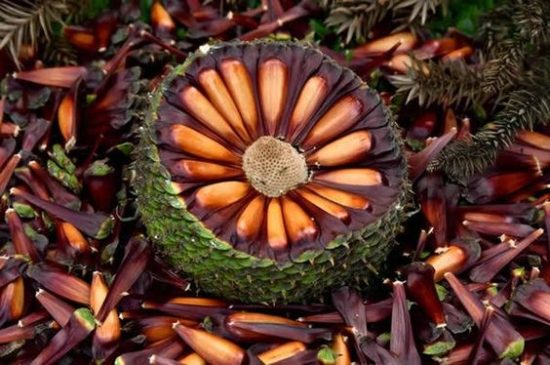
Cultural Significance:
The Araucaria angustifolia fruit holds a special place in the culture and traditions of South America. It is more than just a food source; it represents a sense of community, connecting people through shared experiences and values. The annual “pinhão gathering” is not only a way to secure sustenance but also a time for socializing, storytelling, and passing down knowledge from one generation to the next.
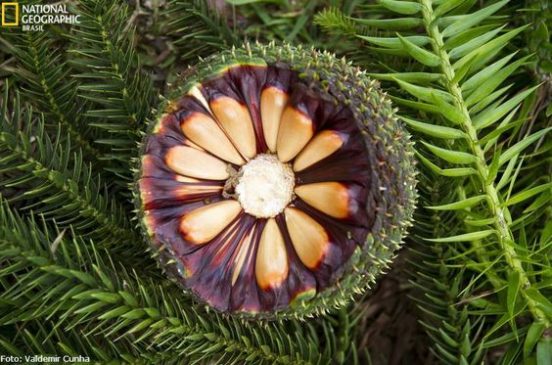
Conservation Challenges:
Despite its cultural and ecological importance, Araucaria angustifolia and its fruit face several conservation challenges. Deforestation, habitat loss, and unsustainable harvesting practices have led to a decline in the population of these magnificent trees. Conservation efforts are crucial to protect both the trees and the unique fruit they produce, ensuring the continuation of cultural traditions and the survival of the ecosystem they support.
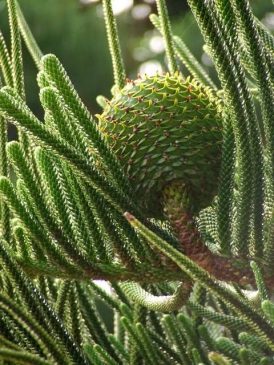
The Araucaria angustifolia fruit, with its distinct appearance, cultural significance, and culinary versatility, is a testament to the intricate relationship between nature and human communities. As we celebrate the richness of this unique fruit, we must also recognize the importance of sustainable practices and conservation efforts to preserve Araucaria angustifolia and the traditions it sustains for generations to come.

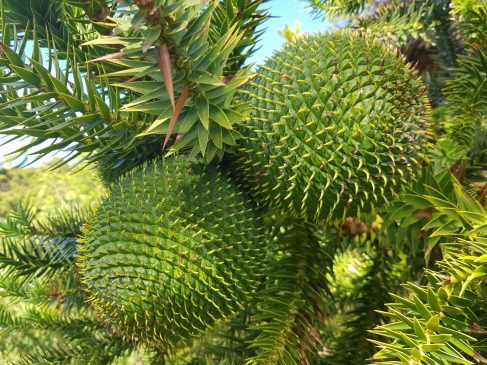
Credıt: Pınterest
Source: Natural Wonders
